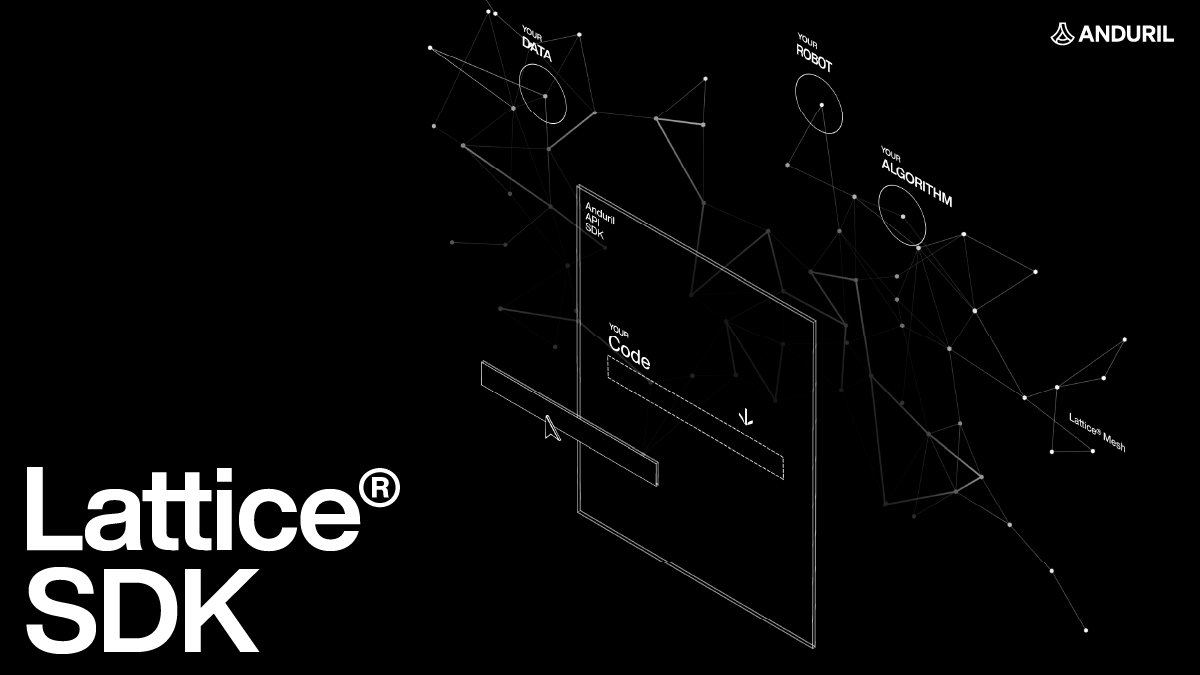In a major development for military modernization, Anduril Industries has been awarded a $99.6 million contract to advance the U.S. Army’s Next Generation Command and Control (NGC2) program. Announced on a Friday, this 11-month Other Transaction Authority (OTA) agreement positions Anduril at the forefront of a transformative effort to overhaul how the Army communicates and manages operations on the battlefield.
The contract tasks Anduril with leading a team of industry partners to develop a prototype system for the 4th Infantry Division, scaling the technology from its previous battalion-level tests to a full division. This move reflects the Army’s commitment to equipping soldiers with cutting-edge tools for faster decision-making and enhanced connectivity, backed by a planned $3 billion investment in NGC2 over the next fiscal year across procurement and research and development funds.
The NGC2 program is a cornerstone of the Army’s push to adapt to the demands of modern warfare, where timely data and rapid decisions can determine success or failure. Imagine an allied combined arms formation advancing through a heavily fortified enemy area, facing hidden threats ready to strike. A soldier launches a drone to scout ahead, identifying enemy positions in moments.
Lattice Mesh facilitates machine-to-machine interfaces, allowing rapid data sharing and shrinking decision-making timelines compared to the Army’s current setup, where data is often trapped in separate classified and unclassified networks. The Army’s approach to NGC2 stands out for its speed and flexibility. Unlike traditional defense contracts that stretch over years, the OTA framework enables rapid development and iteration, a choice that aligns with the program’s urgency.
This contract builds on an 18-month competitive experimentation process that Anduril joined in late 2023, during which the Army moved from proof-of-concept to capability validation in just one year—a pace Army CTO Alex Miller described as “astronomically fast.” The prototype will be delivered immediately to the 4th Infantry Division, where it will be integrated onto compute nodes aboard various mechanized vehicles. Over the next 11 months, Anduril and its partners will work closely with soldiers through exercises and touchpoints, refining the system based on real-world feedback to ensure it meets operational demands at scale. Testing this prototype will be a pivotal moment for NGC2, with the 4th Infantry Division putting it through its paces at the upcoming Project Convergence Capstone 6 event.
This exercise will evaluate the system’s performance across the division, including headquarters and enabling units that have often been overlooked in past communication upgrades. Previous tests at Project Convergence Capstone 5 in March, conducted at Fort Irwin, California, focused on an armored battalion and higher headquarters elements. Scaling to the division level marks a critical step in proving that NGC2 can enhance the Army’s ability to operate cohesively in complex, modern combat scenarios. The Army’s vision for NGC2 extends beyond this initial contract. Brig. Gen. Shane Taylor, program executive officer for command, control, communications, and networks, emphasized that NGC2 is a long-term commitment requiring ongoing investment and innovation to maintain a decisive edge for U.S. forces. To that end, the Army is fostering continuous competition among vendors.
Additional OTAs are planned for fiscal 2026 to prototype the system with other units, such as the 25th Infantry Division and III Corps headquarters, through an open commercial solutions offering. This strategy allows new vendors to join the effort and ensures that underperforming contractors can be replaced, avoiding the pitfalls of vendor lock-in that have plagued past programs. Danielle Moyer, executive director of Army Contracting Command – Aberdeen Proving Ground, noted that this combination of flexible, innovative contracting techniques represents a “completely non-traditional, unbureaucratic way” to deliver capabilities to soldiers quickly.
The NGC2 program is more than a technological upgrade—it’s a fundamental shift in how the Army approaches command and control. By leveraging Anduril’s software expertise and the collective strengths of its industry partners, the Army aims to break down data silos and create a modular, extensible, and open platform that evolves with the battlefield’s needs. The prototype’s integrated suite of warfighting capabilities, spanning hardware, software, and applications connected by a common data layer, promises to make soldiers more informed, agile, and connected than ever before.
As Anduril and its team move forward, their work with the 4th Infantry Division will serve as a proof-of-concept for a modernized Army ready to meet the challenges of the information age, delivering a battlefield advantage that starts with data and ends with decisive action.







